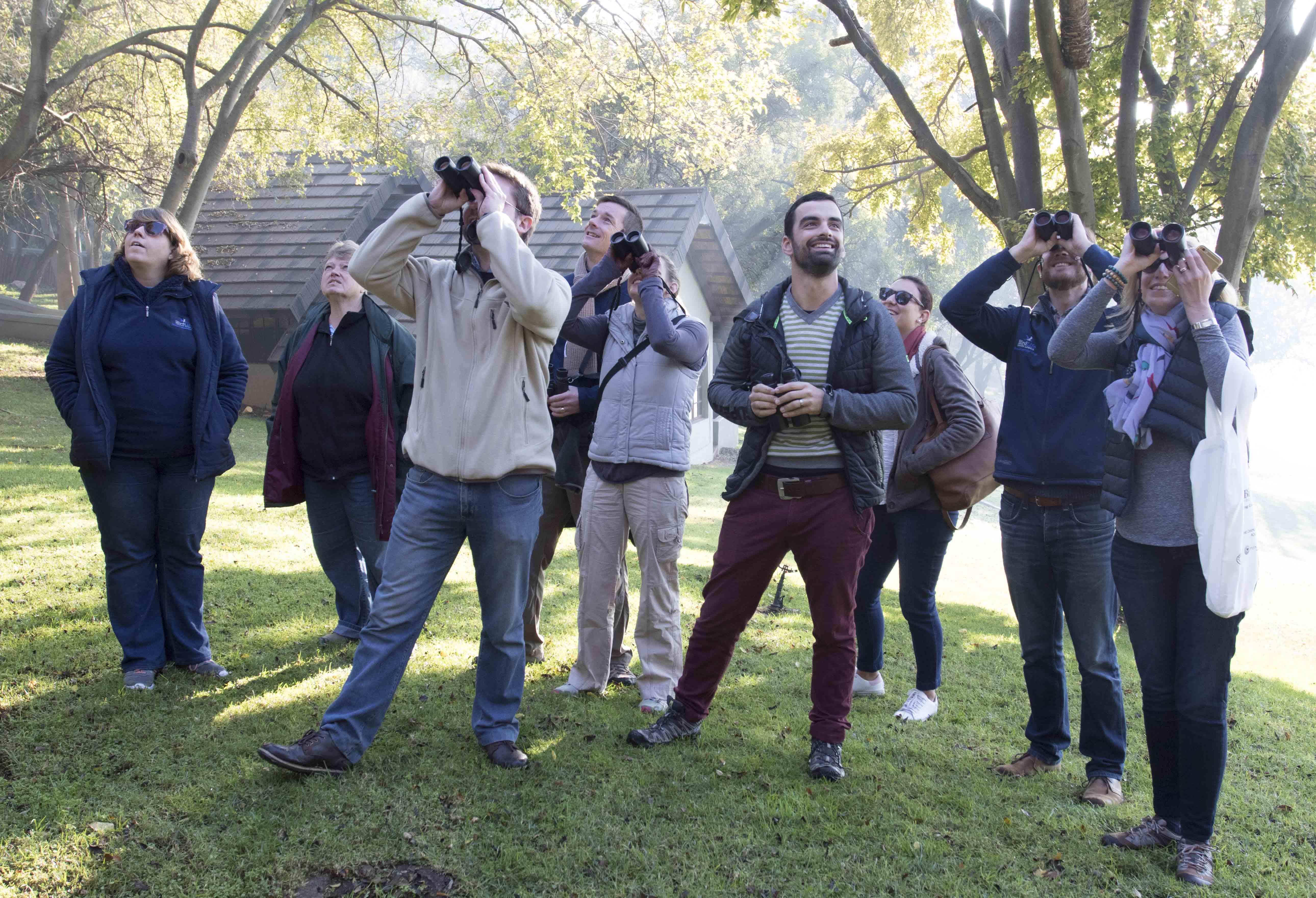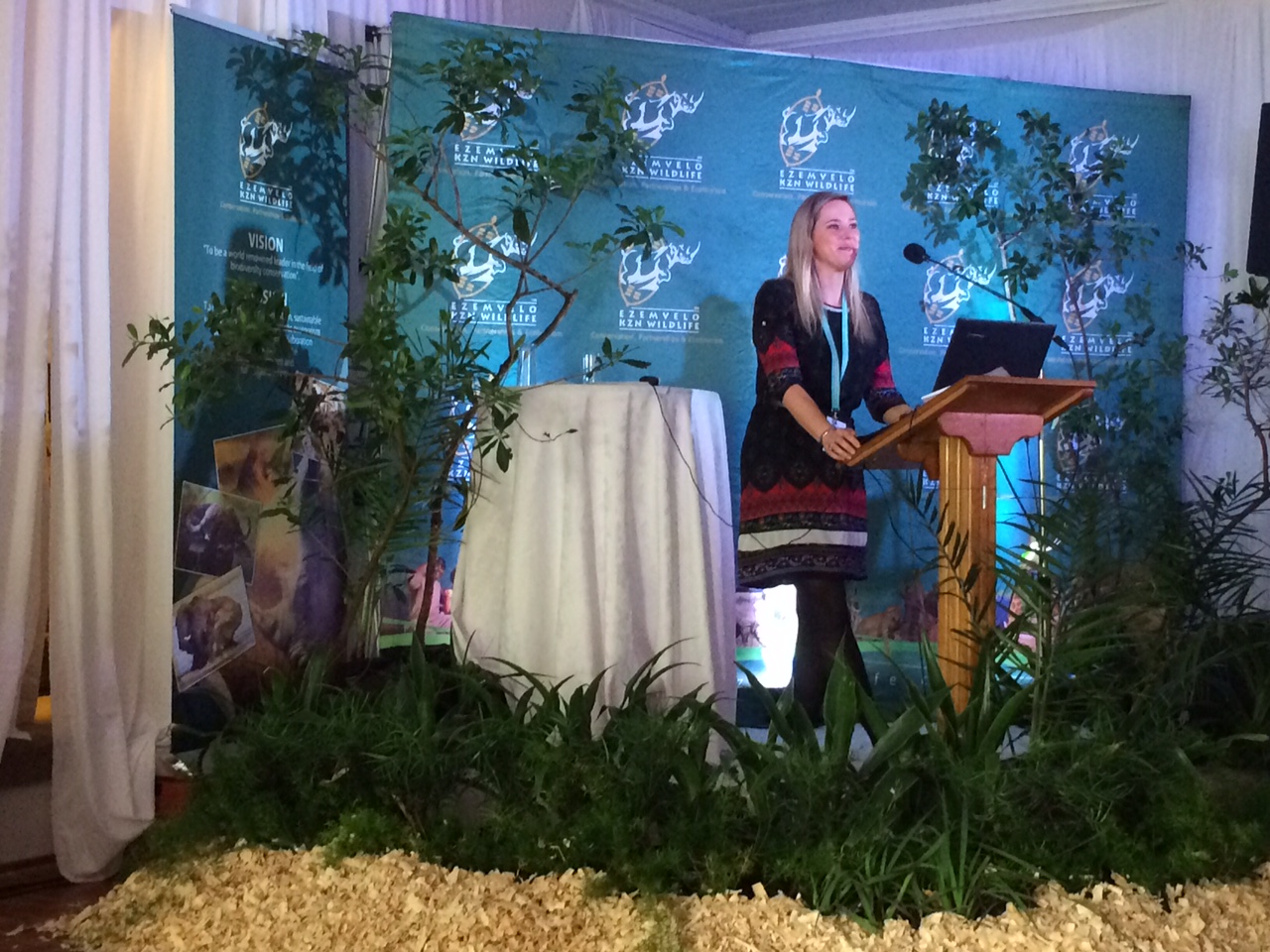



La introducción del primer incentivo fiscal a la biodiversidad de Sudáfrica requirió el apoyo y la ayuda de una comunidad de práctica muy eficaz y cohesionada dentro de la iniciativa nacional sudafricana de gestión de la biodiversidad. Los incentivos fiscales están directamente relacionados con las áreas protegidas de Sudáfrica declaradas en terrenos de propiedad privada o comunal. Este contexto requería el apoyo de los ejecutores de este tipo de declaraciones de áreas protegidas para facilitar esta solución única de financiación de la biodiversidad. Los ejecutores de la gestión de la biodiversidad en Sudáfrica son representantes del gobierno nacional y provincial, ONG y diversos expertos y especialistas. Trabajan juntos en una comunidad de práctica colaborativa que prestó todo su apoyo a la labor de incentivación fiscal. La novedad de la labor fiscal, así como los numerosos componentes del Proyecto que exigían un éxito simultáneo, requirieron el apoyo directo, el asesoramiento y la asistencia de la comunidad de práctica. Este apoyo facilitó los Building Blocks 1 y 2 y garantizó que los resultados del Proyecto pudieran alcanzarse en el entorno más propicio posible.
- La naturaleza de la comunidad de prácticas de gestión de la biodiversidad sudafricana fue el factor facilitador de este elemento constitutivo. La comunidad de prácticas, en la que se inscribió el trabajo sobre incentivos fiscales a la biodiversidad, es por naturaleza colaborativa, comunicativa y cohesionada. Esto permitió que el trabajo fiscal, a pesar de su singularidad y complejidad, contara con el apoyo y la ayuda de miembros clave de la comunidad de práctica. La comunidad de práctica se constituye de este modo gracias a los expertos individuales que trabajan en este campo.
Principales lecciones aprendidas al utilizar el bloque de construcción de la comunidad de prácticas:
- Trabajo en equipo: intentar introducir el primer incentivo fiscal a la biodiversidad de Sudáfrica de forma aislada habría sido un error. Los incentivos fiscales debían introducirse en el contexto de la gestión de la biodiversidad en Sudáfrica. El Proyecto se integró en esta comunidad de prácticas durante su fase de definición del alcance y a lo largo de su ejecución.
- Asociaciones: Desde el inicio del proyecto se buscaron alianzas clave. Estas asociaciones, su apoyo, sus competencias, su asesoramiento y su variada experiencia fueron vitales para el éxito de esta compleja empresa.
- Información periódica: el proyecto proporcionó información periódica a la comunidad de práctica, a las asociaciones clave y a las partes interesadas a lo largo de toda su duración. Esta retroalimentación periódica permitió la difusión de información. Además, permitió que los colaboradores siguieran implicados en el éxito del proyecto y garantizó un apoyo continuado.